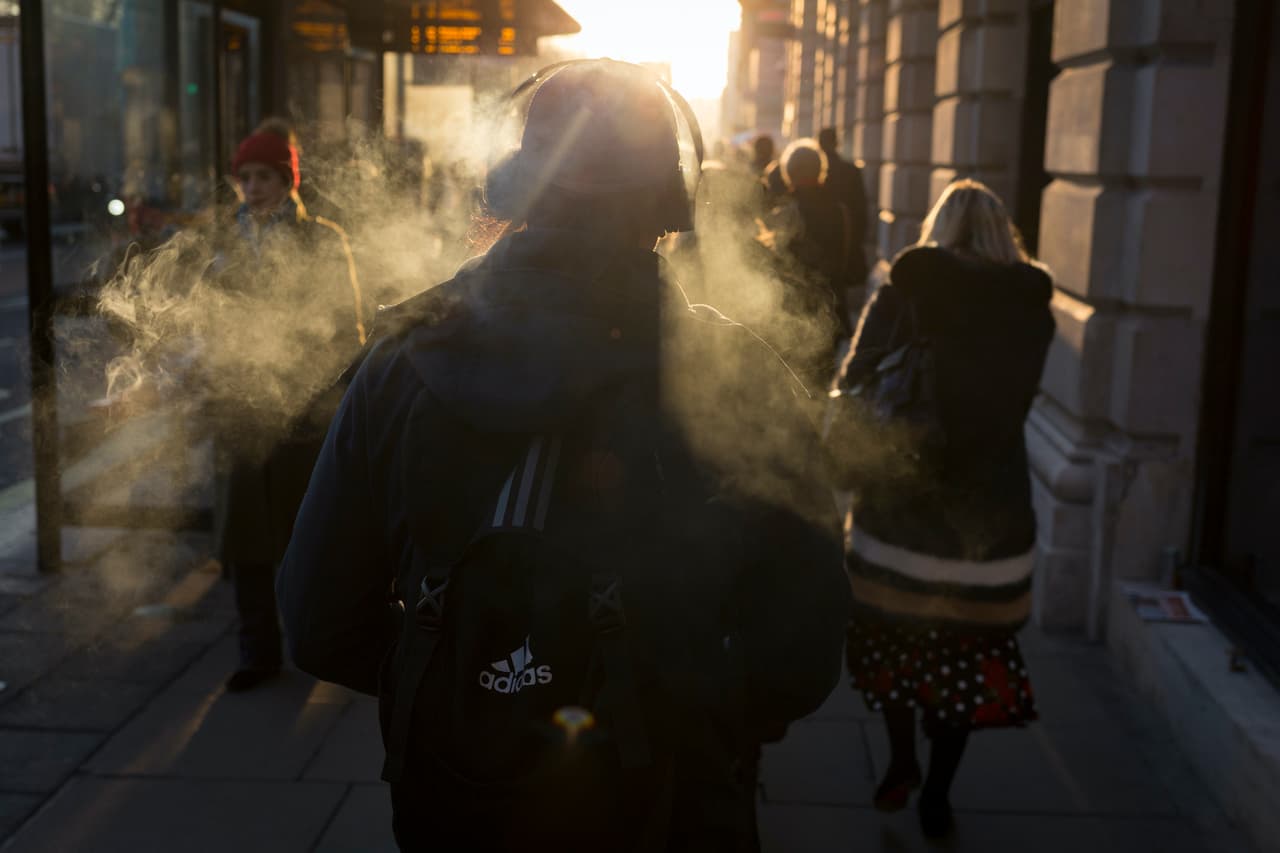
Underage vaping spikes in the north of England
More than a fifth of 15-year-olds in Yorkshire and the Humber vape, according to NHS figures that suggest a stark north-south divide in underage vaping.
The data – based on a survey of 13,000 children produced after inquiries by The Bureau – found that teenagers in Yorkshire were more than three times as likely to vape regularly as those in London.
Vaping has long been understood as a powerful tool in helping smokers quit, but with big tobacco companies spending billions getting e-cigarettes to market there is concern among campaigners and activists that these products could get a new generation hooked on nicotine. In the US more than one in four high school students regularly vape. In the UK, Public Health England has consistently said that relatively few teenagers vape. However the Bureau's research suggests that national data figures fail to recognise local hotspots.
The majority of 15-year-olds in Yorkshire and the Humber have tried e-cigarettes. Almost 10% vape at least once a week, and another 12% vape occasionally.
Separate figures produced by councils in Yorkshire highlighted the potential risk of teen vaping “hotspots” hidden in the national figures. A survey of 1,800 pupils aged 14 and 15 in Calderdale, West Yorkshire, found that 11% vaped at least once a week.
The northwest of England also has significantly higher underage vaping rates than the south, with 6% of 15-year-olds vaping at least once a week. In Blackpool, a local authority survey of children aged 14 and 15 revealed that 8% used e-cigarettes weekly and almost half had tried them.
In comparison, less than 3% of 15-year-olds in London and the southeast are regular vapers, according to the NHS-commissioned Smoking, Drinking and Drug Use Among Young People survey.
Public Health England – which recommends e-cigarettes, also known as vapes, as a tool for quitting smoking – insists that regular vaping among young people “remains low”. Experts, however, believe the true figures could be higher than surveys suggest.
Dr Jennifer Quint, a reader in respiratory epidemiology at Imperial, fears that both the national and local surveys’ methodology may be causing a massive under-reporting of youth vaping. “I suspect there are a lot of places that are just as bad … but you don’t have the data to support it,” she added.
 More than a fifth of 15-year-olds regularly vape in Yorkshire and the Humber
Andrew Yates/Getty Images
More than a fifth of 15-year-olds regularly vape in Yorkshire and the Humber
Andrew Yates/Getty Images
Paediatricians have previously said they fear the number of UK children who vape is being “grossly under-reported”.
Dr Arif Rajpura, public health director for NHS Blackpool, said vaping could help smokers to quit, but is concerned that it could potentially lead to a new generation becoming addicted to nicotine. “We don’t want young people who have never smoked to start a new form of addiction,” he said.
Rachel Brown, a researcher at Cardiff University who has studied youth vaping, said: “The data shows young people who are trying e-cigarettes first are doing so because they found e-cigarettes easier to get hold of.”
Brown added: “Vaping is something that is very much centred around the social group. Where the experimentation happens it is almost always with peer groups and it is often the case that one person would turn up with a vape and everyone would try it.”
Vaping has divided the UK’s public health community. Professor Andrew Bush, a paediatrician specialising in respiratory disease, is concerned about the long-term impacts of vaping. “It took 30 or 40 years before we realised the damaging effects of tobacco,” he said. “We are sitting on a potential time bomb with all these kids getting hooked on this stuff.”

John Britton, a professor of epidemiology and director at the UK Centre for Tobacco & Alcohol Studies at the University of Nottingham, does not believe youth vaping is a critical issue.
The Medicines and Healthcare products Regulatory Agency has received reports of 26 serious respiratory reactions to vaping. In total, there have been five cases of patients dying from potentially e-cigarette-related illnesses. By contrast, smoking is believed to be responsible for 80,000 smoking deaths each year in England.
“Nobody I know in tobacco harm reduction has ever argued that vaping is safe,” said Britton. “We just argue that it is not as harmful as smoking and the level of risk is orders of magnitude less than smoking.”
When contacted by the Bureau about discrepancies in regional vaping data, Public Health England made no comment on that issue, but Martin Dockrell, the head of tobacco control, noted: “The research in the UK consistently finds some young people experiment but regular vaping among those who have never smoked is very rare and youth smoking rates continue to decline at an encouraging rate.”
Our reporting on tobacco is part of our Global Health project, which has a number of funders. Smoke Screen is funded by Vital Strategies. None of our funders have any influence over the Bureau’s editorial decisions or output.
Header image: A young woman vaping. Credit: Getty Images




